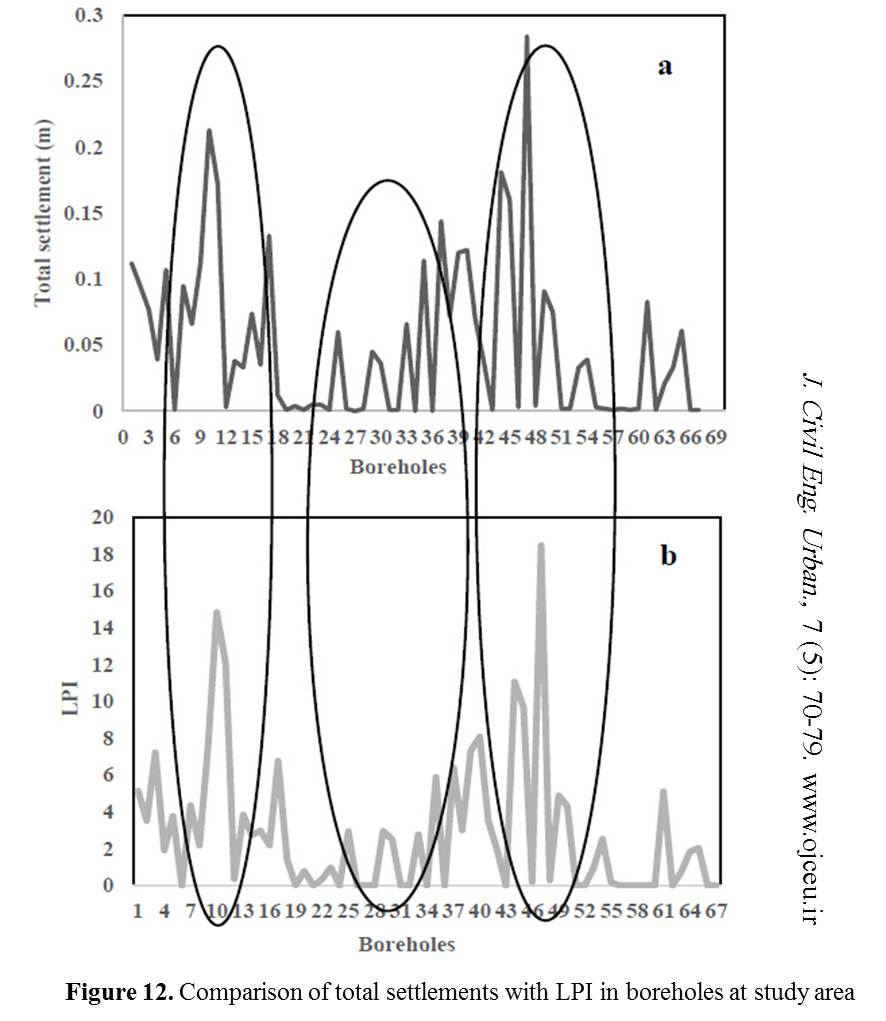Previous issue | Next issue | Archive
Volume 7 (5); 25 September, 2017
Study on Stability of Polypropylene Fibre Concrete in Water and Abnormally High Temperature.
Van Thanh D.
J. Civil Eng. Urban., 7(5): 65-69, 2017; pii:S225204301700010-7
Abstract
Using the method of immersing the polypropylene fibre reinforced concrete samples in water for several days or heating them in oven, this study evaluates the water stability and abnormally high temperature stability of polypropylene fibre reinforced concrete through compressive strength index. The results indicate that the water stability of polypropylene fibre reinforced concrete is good as that of normal concrete. There is hardly any adverse effect on the stability as well as the development of concrete strength with prolonged water immersion, while the abnormally high temperatures effects significantly on the strength of concrete. However, when the temperature is lower than 2500C with a heated duration less than 3 hours, the influence degree on compressive strength of concrete is still in permissible limits.
Keywords: Abnormally high temperature stability; Fibre concrete; Polypropylene fibre; Water stability
[Full text-PDF] [DOAJ] [RICeST]
Evaluation of Settlement in Soil Layers due to Liquefaction in Alluviums in South Eastern of Tehran.
Nouhi Oskoui R, Dabiri R, and Amelsakhi M.
J. Civil Eng. Urban., 7(5): 70-79, 2017; pii:S225204301700011-7
Abstract
Liquefaction in sand and silty soil layers due to earthquake is one of the important phenomena in earthquake geotechnical engineering. During the earthquake pore water pressure increases in soil layer until equal to total stress. Then, effective stress decrease to zero. In this condition soil layer loses its shear strength. The results of this phenomenon in soil layer are instability, wide settlement in ground level and underground. In last two decades, several empirical methods have been proposed for determining settlement in soil layers due to liquefaction based on experimental and field tests. Main idea in this research is evaluation of probable settlement of soil layers in up and below ground water level due to liquefaction in south eastern of Tehran. In this research, firstly liquefaction potential of soils in study area based on Standard penetration test (SPT) results was evaluated. Then, liquefaction potential index (LPI) for determining severity of liquefaction assessed. In final, value of settlement in soil layers (up and below ground water level) was calculated. Results of this study showed that with considering ground water table and SPT blow count in study area can be found there is low to moderate risk of liquefaction due to earthquake in future. Also, Analysis of data showed that volumetric strain value in saturate soil layer with increasing relative density go down to significantly. Also, with increasing maximum shear strain due to earthquake in soil layer volumetric strain growth. Although, percent of fines content in soils affect to rate of volumetric strain and in volumetric strain analysis in soil layers above ground water table showed that first rate of εv relative to saturate condition is more. Second, in all of relative density values volumetric strain with increasing fines content in soil layer go up to gradually.
Keywords: Liquefaction, Settlement, Liquefaction potential index, Standard penetration test, South eastern of Tehran alluvium.


